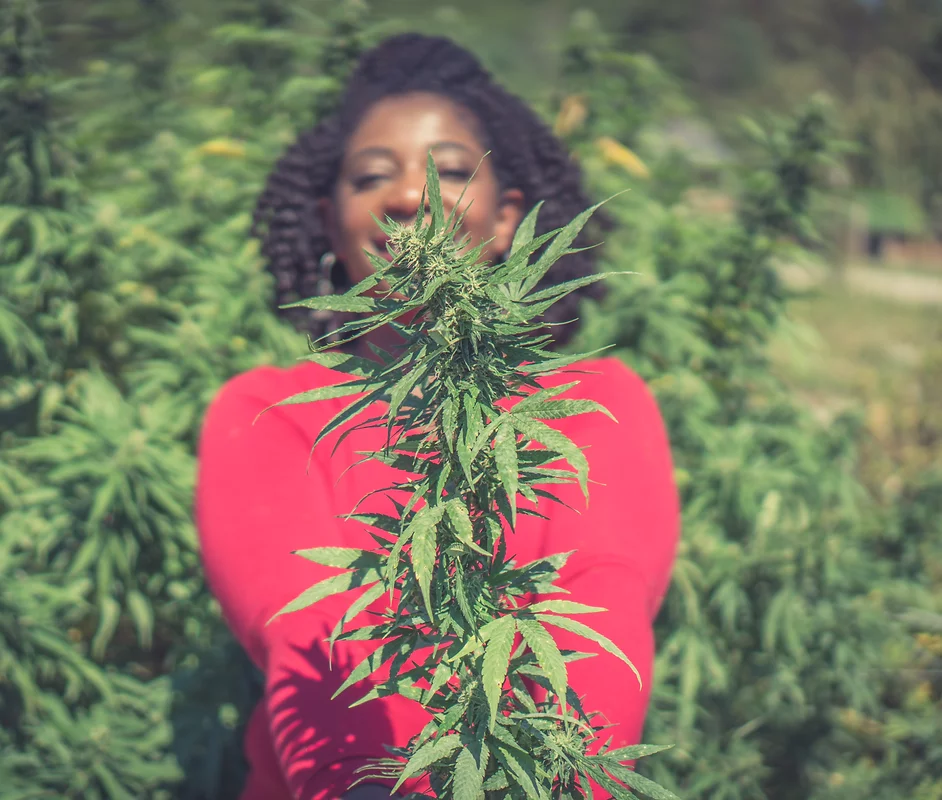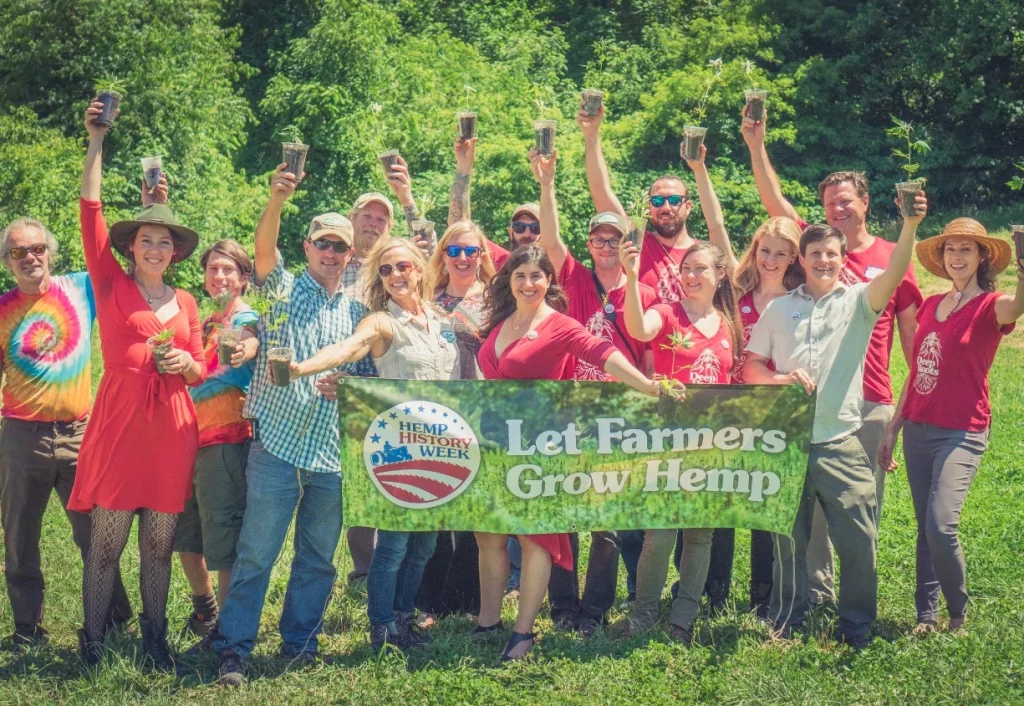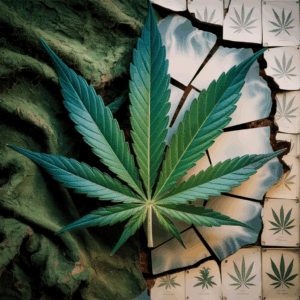Beginning today, organizations and brands nationwide will unite to honor the exceedingly versatile and often misunderstood plant called Cannabis sativa L., known more commonly as hemp.
First celebrated in 2009, Hemp Week known as Hemp History Week—was established as “the largest national educational campaign to renew strong support for hemp farming in the U.S.”
According to organizers, the main focus of Hemp Week is to “raise awareness about the environmental sustainability, health benefits, regenerative agriculture potential, and new technological applications of industrial hemp.”
Throughout the country, farmers, retailers and industry employees, as well as individual hemp enthusiasts, will partake in a variety of events to commemorate the occasion, which is now in its 13th year.

In recent years, there has been even more to celebrate when it comes to hemp. The 2018 US Farm Bill, for instance, represented a boon for the industry, which previously had to grapple with archaic prohibition-era legislation that greatly impacted many aspects of hemp-related commerce.
The 2018 legislation legalized hemp and hemp-derived products, once and for all, by removing any hemp containing 0.3 percent THC or less from the definition of marijuana as specified in the Controlled Substance Act.
Months prior, the DEA also moved to reschedule cannabidiol (CBD) containing up to 0.1 THC, from Schedule 1 to Schedule 5, further lifting restrictions for hemp-derived CBD products. Whereas its prior placement had CBD scheduled with illicit substances such as heroin and crack cocaine, its new home at the bottom of the schedule list has it more appropriately sharing space with cough suppressants.
These developments have been a welcome departure from outmoded policies held over from 1930s-era prohibition. The so-called “Reefer Madness” era resulted in the criminalization and demonization of cannabis in every form, through the perpetration of misinformation and fear mongering. The subsequent War on Drugs was upheld by Nixon in the 70s, fortified by his Controlled Substances Act, and revived in the 80s during the Reagan administration’s “Just Say No” campaign.
Like its psychoactive relative, low-THC containing hemp has long been misunderstood. Rather than being seen as the multi-faceted resource that it is, it has frequently been overlooked, often in favor of lesser materials or goods.
Increasingly, word is getting out about the practicality of hemp. With increased access to information, the last two decades have shone a light on the dubious forces behind the push to criminalize both hemp and cannabis, resulting in a shift in public perception, as well as in policy. With the recent legalization of hemp nationwide, and the increasing number of states legalizing medical and/or recreational cannabis, the entire cannabaceae family has emerged as a functional and multi-faceted group of plants, each with its own purpose and benefits.
There are a number of materials to which hemp is comparable, and in some cases even superior. Some of these, such as rope, are commonly known. Rope made from hemp can be more durable than that made of abacá or nylon.

The use of hemp for rope dates back as early as 8000 BC, in the ancient city of Xi’an Banpo. Among the various ruins found in this region, pottery decorated with hemp rope imprints have been discovered, suggesting that people during that time used the plant for decorative as well as utilitarian purposes.
Meanwhile, hemp has also proven to be a more sustainable source of paper than its wood pulp counterpart in a number of ways—not the least of which include the comparatively quicker time taken to reach maturity (hemp plants take four months to mature, opposed to upwards of 20 years for trees) and its reusability factor (hemp paper can be recycled up to seven times, while wood paper can only be recycled about three times).
In addition to these aspects, hemp-based “Hempcrete” has been found to be a viable alternative to concrete, while the plant fiber has also shown itself to be useful as a replacement for insulation.

Put simply, the potential for this fascinating plant is immense. It can be used as clothing, shoes, food, health and beauty products, and even fuel. With so many uses, and with the last semblances of a draconian drug war finally beginning to dissipate, this miracle plant is, indeed, something worthy of celebrating this week; if not every day.





